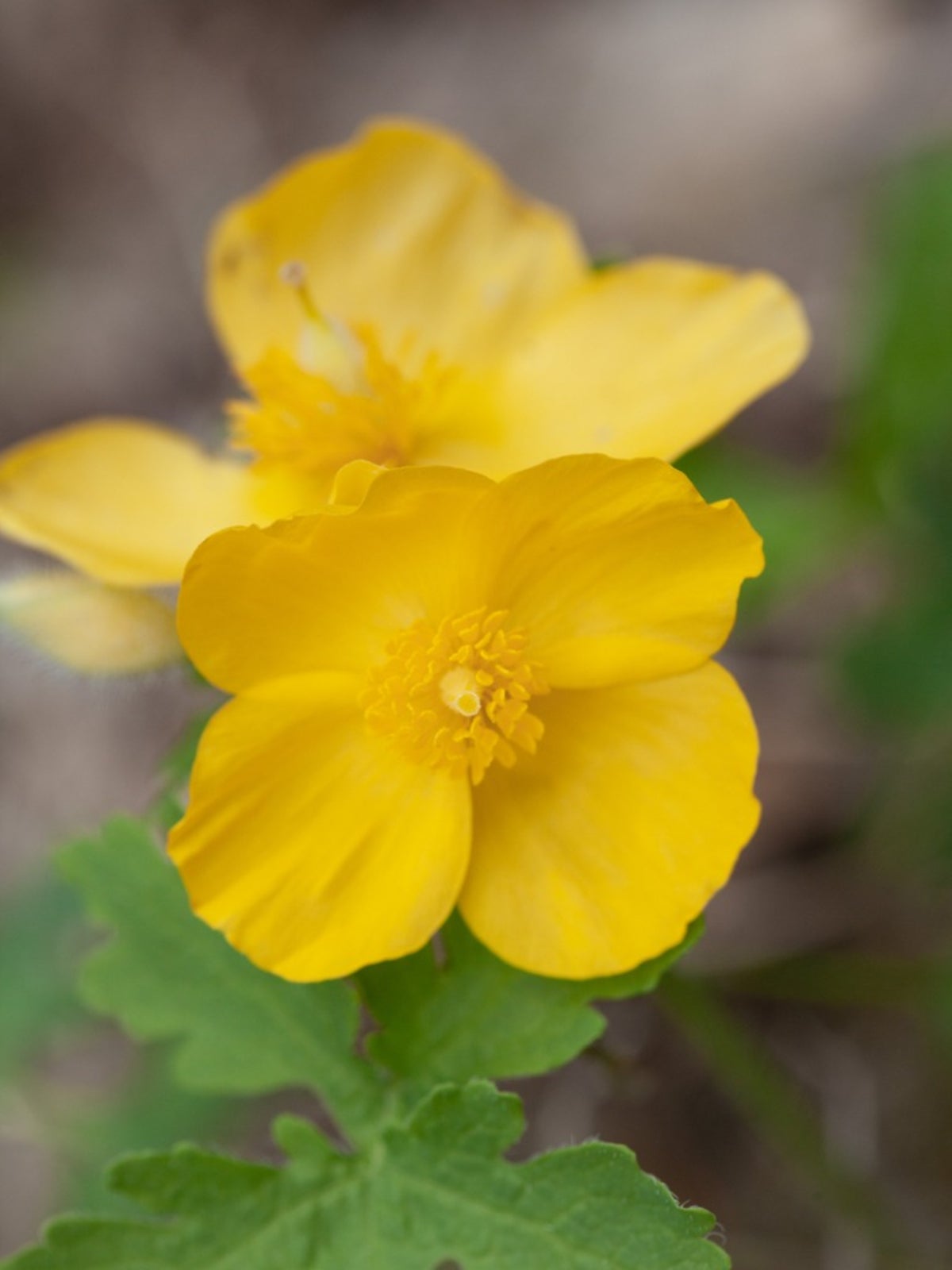Care Of Celandine Poppy: Can You Grow Celandine Poppies In The Garden

Nothing is quite as lovely as when you bring nature right to your garden. Wildflowers are a great way to enjoy natural plants and the beauty they offer. This is especially true of celandine poppy wildflowers. In addition to their ease of planting, the care of celandine plants is simple. Keep reading to learn about celandine poppy info.
Celandine Poppy Info
Celandine poppies (Stylophorum diphyllum) are also known as wood poppies and are members of the Papaveraceae family. They are found growing in damp areas of woods in shaded or partially shaded places. Commonly found in the woodlands of northern parts of the United States, this showy spring bloomer is native to Illinois, Indiana, Michigan, Missouri, and Ohio. Woodland poppies have bright yellow flowers and interesting dissected leaves. This pretty wildflower blooms from March through May. Mature celandine poppy wildflowers reach 24 inches (61 cm.) in height and self-sow easily. The Native Americans used the yellowish orange sap to dye baskets, fibers, and as war paint.
Can You Grow Celandine Poppies?
Since celandine poppy wildflowers are naturally found in woodland environments you may be wondering, can you grow celandine poppies in the home garden. The answer is yes. These woodland beauties respond well to cultivation as long as the soil is high in organic material and the plants have plenty of shade. Many gardeners use celandine plants as a colorful shady woodland border, as it is one of the easiest spring woodland plants to grow. The best way to grow celandine poppies is by seed. Fresh seeds are quick to germinate under the right conditions. Provide plenty of rich compost in the planting area and scatter seeds liberally over the soil. Cover the plants lightly and keep the soil evenly moist. Thin seedlings when they are 4 inches (10 cm.) tall. Plant spacing should be about 12 inches (31 cm.). Seeds planted in the fall will germinate in spring but not bloom until the second season.
Care of Celandine Poppy Plants
Celandine plants will go dormant if the soil becomes too dry. As long as the soil is kept evenly moist, the woodland poppy will naturalize and bring a burst of color year after year. So be sure to water regularly during dry spells and cover with a light layer of mulch for winter protection. Keep flowers picked and deadhead to encourage flower production.
Sign up for the Gardening Know How newsletter today and receive a free copy of our e-book "How to Grow Delicious Tomatoes".